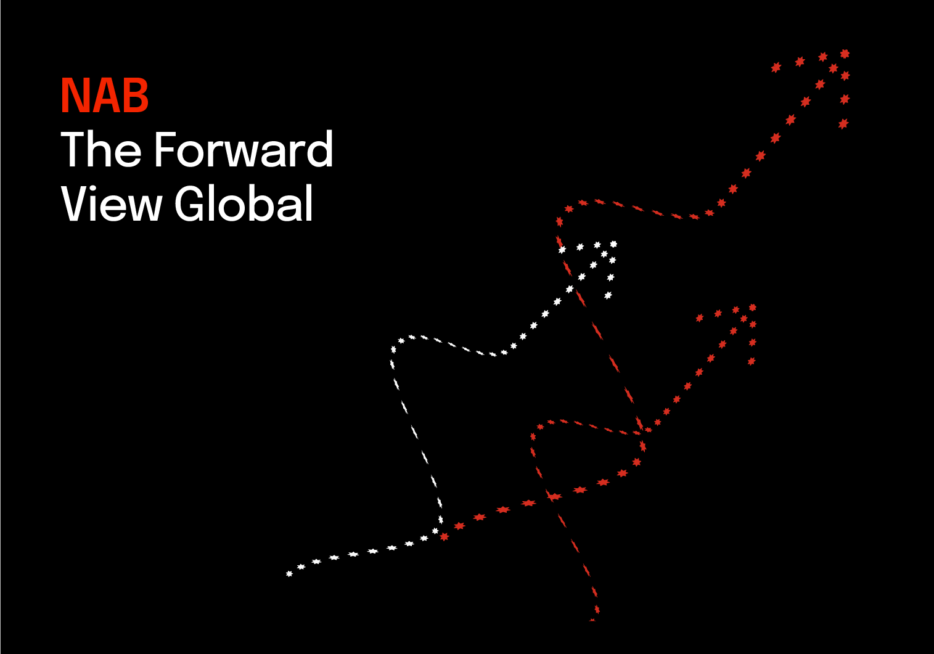Global growth headed for a H2 trough as tariffs start to bite


Insight
Our NAB Online Retail Sales Index data indicates that the rebound in online spend continued in March, with a large jump in sales.

NAB Chief Economist, Alan Oster commented:
Our NAB Online Retail Sales Index data indicates that the rebound in online spend continued in March, with a large jump in sales. Although online retail still represents an estimated 9.7% of all retail, this share has grown in the past couple of months and indicates that, while broad retail sales have slowed, those consumers still spending are doing so with an increased online focus.
In the month, growth was strongest for the market place aggregators, with double digit growth in department store sales. Grocery and liquor, which had been growing strongly prior to the pandemic, has continued a pace, along with categories that might be boosted by self-isolation, such as games and toys, and personal and recreational goods. Potentially people have been using this time to replace existing homewares and appliances, with sales for the category, which had been relatively subdued, now growing slightly faster than the overall index. On the flipside, both fashion and takeaway food have fallen in sales growth terms in March. Having said that, the latter category is still almost double the sales of a year prior. With respect to COVID-19, evidence from overseas online sales monitors suggest that the fall in fashion sales is widespread, with the Australian market performing better than some comparable online retail markets.
The three most populous states represent just over 80% of all online sales, slightly above their share of the population. Of these three states, online sales growth in NSW grew most rapidly, with department stores a key driver. ACT currently leads in both monthly and year-on-year growth terms, but represents a small share of online spend. The key driver across most states in year-on-year terms has been the strong performance of grocery and liquor, particularly so in Vic and SA.
Representing about two-thirds of all online sales, metropolitan areas generally performed more strongly than the overall result. Over the year, Tas. regional was the only area to show a contraction in online sales.
In terms of merchant location, in March, sales at international merchants collapsed. This was particularly noticeable in their key sales category, fashion, while domestic merchant sales growth for this category was positive. Domestic merchants, which make up the vast bulk of sales grew strongly in the month. In sales categories where international merchants have a sizeable presence, such as games and toys, they were outpaced by domestic merchants. It is likely with these results that concern over stock availability and delivery was elevated in March, and contributed to this spending behaviour.
For further details, please see the NAB Online Retail Sales Index March 2020.
© National Australia Bank Limited. ABN 12 004 044 937 AFSL and Australian Credit Licence 230686.